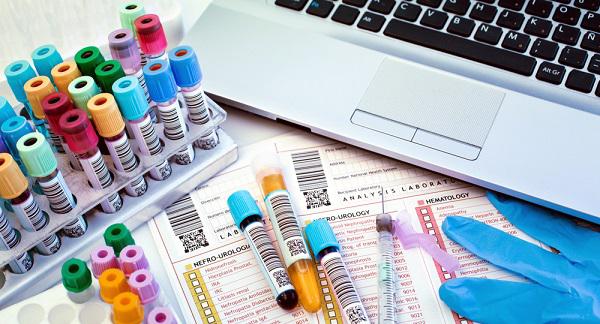What happens during a meningococcal disease test?
Your provider will take samples from your blood and may also take a sample from your CSF to do a spinal tap (lumbar puncture) to check for the Neisseria meningitidis bacteria in your body. These samples will then be sent to a laboratory to test for meningococcal disease and figure out which antibiotic will work best for treatment.
If the meningococcal bacteria are in the samples, the laboratory will be able to culture (grow) them using the meningococcal culture test. If it’s not clear from this test whether your samples have the meningococcal bacteria in them, your provider may order additional tests such as the meningococcal antigen test or PCR test.
During a blood test:
If your provider thinks you might have a meningococcal infection, they may collect a blood sample for a meningococcal culture test, PCR test, or antigen test.
A health care professional will take a blood sample from a vein in your arm, using a small needle. After the needle is inserted, a small amount of blood will be collected into a test tube or vial. You may feel a little sting when the needle goes in or out. This usually takes less than five minutes.
During a spinal tap:
If your provider thinks you might have a meningococcal infection, they may collect a CSF sample for a meningococcal culture test, PCR test, or antigen test.
To get a sample of CSF, a provider will do a procedure called a spinal tap, also known as a lumbar puncture. A spinal tap is usually done in a hospital. During the procedure:
- You will lie on your side or sit on an exam table.
- Your provider will clean your back and inject an anesthetic into your skin, so you won’t feel pain during the procedure. They may put a numbing cream on your back before this injection.
- When the area on your back is completely numb, your provider will insert a thin, hollow needle between two vertebrae in your lower spine. Vertebrae are the small backbones that make up your spine.
- Your provider will withdraw a small amount of cerebrospinal fluid for testing. This will take about five minutes.
- You’ll need to stay very still while the fluid is being withdrawn.
- Your provider may ask you to lie on your back for an hour or two after the procedure. This may prevent you from getting a headache afterward.


